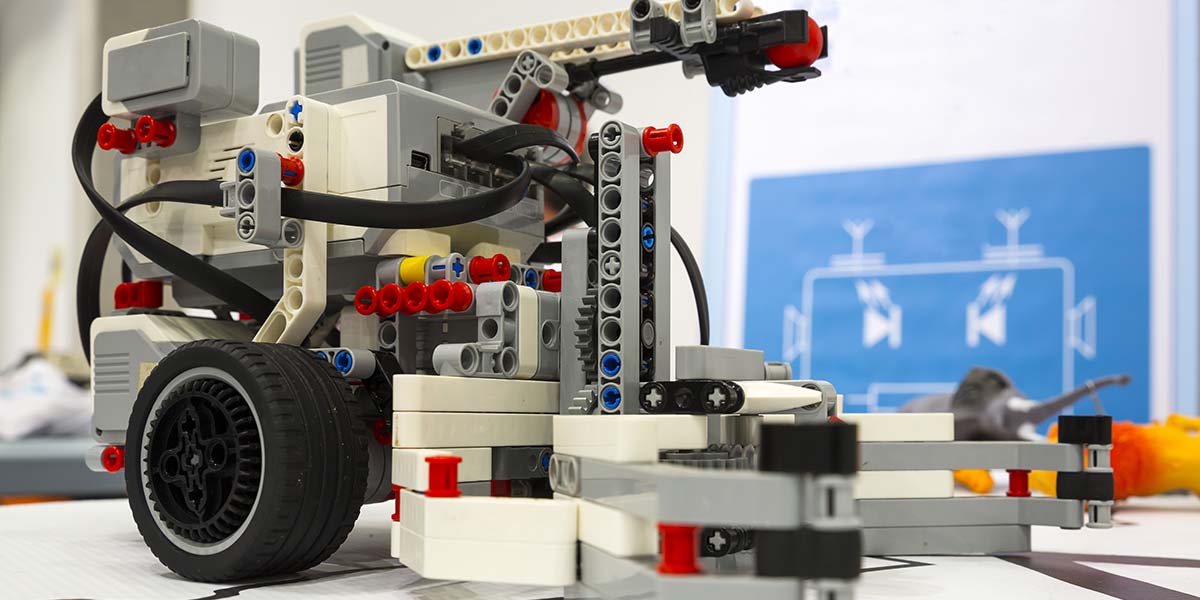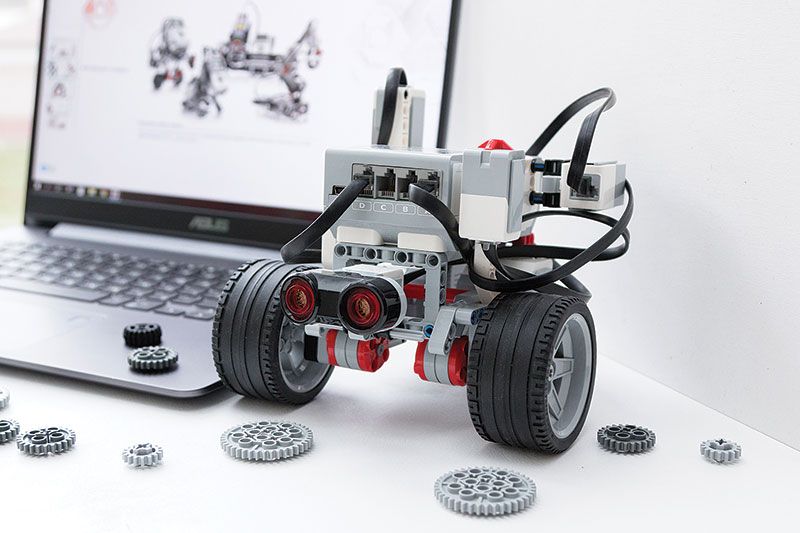
Online STEM Education a Potential Boon for Affordable At-Home Simulators
By Bryan Bergeron View In Digital Edition
One of the many side effects of closing classrooms early this year to avoid the coronavirus was to highlight the inability of high school and college students to carry out the laboratory component of their courses. For example, in first year college biology, one of a dozen core laboratory experiences involves variations of Galvani’s frog muscle twitch experiment.

In these experiments, a freshly isolated frog muscle and nerve are subject to electrical impulses to explore concepts including twitch, wave summation, muscle tension, and tetanus. Students see the muscle contract or relax in direct response to the stimulating frequency and amplitude, measure the force of contraction, and plot results. Seems simple enough to move the entire experiment into a multimedia simulation, doesn’t it?
Well, the move from the frog preparation described by Galvani to computer simulation — as well as a multitude of other biology lab experiences — was made decades ago, with limited success.
While software simulations save the lives of countless frogs throughout the US every year, there’s just something missing from an educational perspective. The physical aspect of the muscle preparation has educational value that’s difficult to quantify, but it’s there. I know this because I’ve developed both simulations and simulators, and have observed students first hand.
I think the underlying mechanisms are similar to what we do and don’t experience when we use video conferencing vs. being there in person. In video conferencing, there isn’t the rush of dopamine associated with a real meeting, meaning that the video conference doesn’t stir the emotions to the degree live contacts do.
Educators have long known that the key to education is emotional involvement. Turn a learning experience into a game and you’ve got a winner.
Simulators — like simulations — are based on mathematical models. The difference is the modality of interaction with students. Instead of a graphical display, the target output of a simulator is some sort of physical interface. For example, a facsimile of a frog muscle makes sense for a simulator of Galvani’s frog muscle experiment. This could take the form of a memory wire embedded in a silicone casting of a frog muscle.
Simulators — like simulations — have also been available for decades. In fact, simulators predate computers and computer simulations. The first flight simulators used to train US Postal Pilots for night flights — the Link Trainers — were based on air pumps designed for organs nearly 100 years ago. These same US-made flight simulators were sold to Japan up until the start of WWII.
Back to students with limited or no laboratory exposure, more advanced simulators can allow students to practice specific tasks. These task trainers range from intubation, suturing, and titrating fluids, to examining a person’s eyes for diabetic changes.
What’s needed is a LEGO-like simulator kit that students can use at home, configured to the lab of the week. At a time when courses are $4K and up and college textbooks sell for $200 or more, there seems to be room for a moderately priced simulator kit. And young robotics experimentalists — close to both the content and the robotics — are clearly the developers of choice. SV
Article Comments